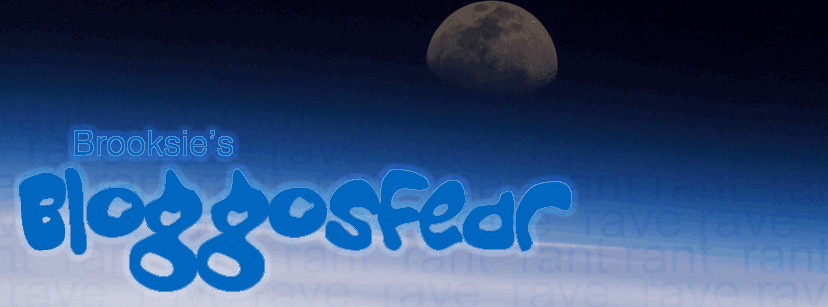I love market insights and am a passionate advocate for research. To top it off, I believe in the oft-criticized value of focus groups or, more broadly, qualitative research. But that's not the point of today's rave.
What I am even more interested in, is what organisations do with those insights and how they influence organisational behaviour.
This is because, like modern political parties, many organisations use research outcomes to fill their own thought leadership vacuums. I'm typing on an iPad right now. I wonder if this product would ever have seen light of day if Apple had been obsessed with research and risk management over innovation through thought leadership?
Good brand people are passionate advocates for creating organisational personas that reflect conviction from within. They build belief in organisations, then project that into the marketplace through words and imagery. Good branding means knowing what business or connections you're prepared to walk away from, as much as knowing to which groups you want to appeal.
This is where problems start. Not with the research itself, but with how it is applied. In a previous life in the auto industry, I saw and heard about many great product innovations that died on floor of what we called 'clinics', in which consumers compared future concepts with existing vehicles. We found customers didn't like certain elements of new designs and nervous executives often removed them, or watered them down, only for the car to look dated when it was launched two years later.
The risk of being handcuffed by research findings is related to consumers being conditioned by their recent experiences in the product category. Not being experts in future trends or being unable to anticipate their likely wants and needs a few years into the future, often makes them a poor source of insight into medium term brand positioning or product development.
Conducting research is like reading an annual report. It provides a snapshot of the marketplace at a given time. It provides insight into the current mindset of consumers and may provide a view of the scope of the task involved in taking them through the next stage of the journey. In terms of insights into the future, it is often only good for the next six months, a year at a stretch for some categories.
Organisations that fail to recognize this limitation are merely exposing themselves to a different type of risk - failure of leadership.
